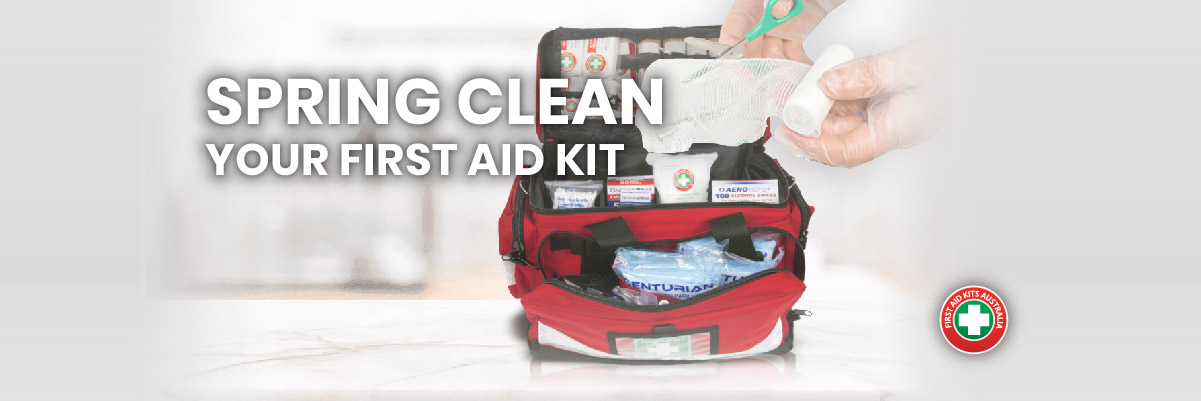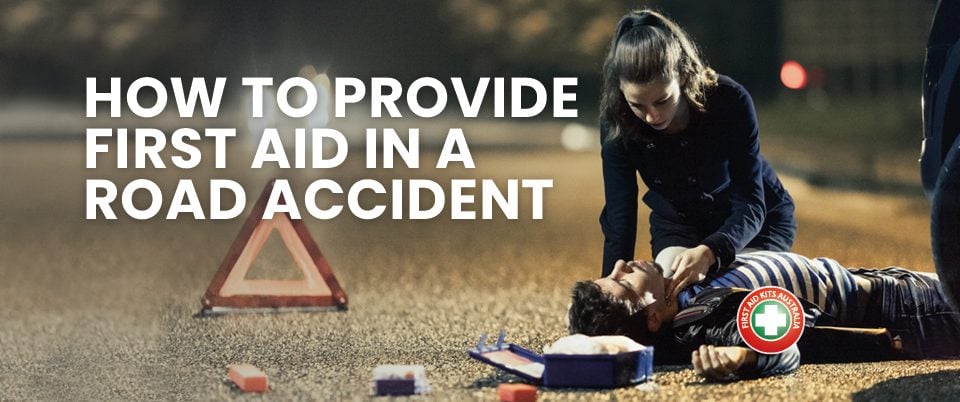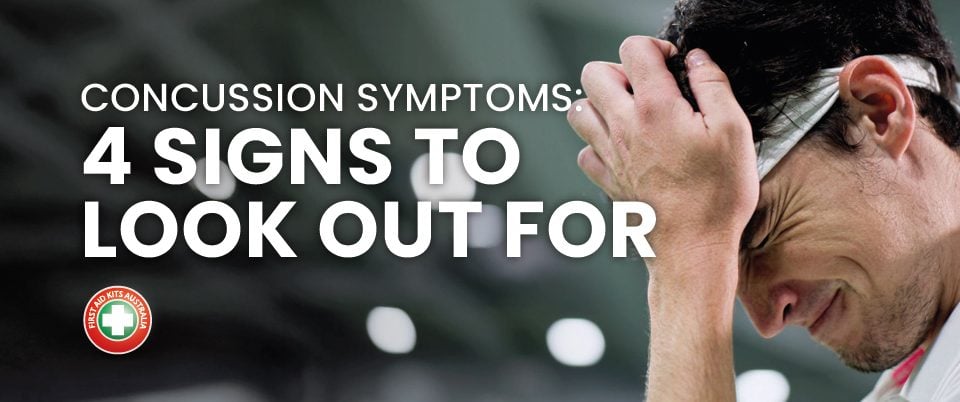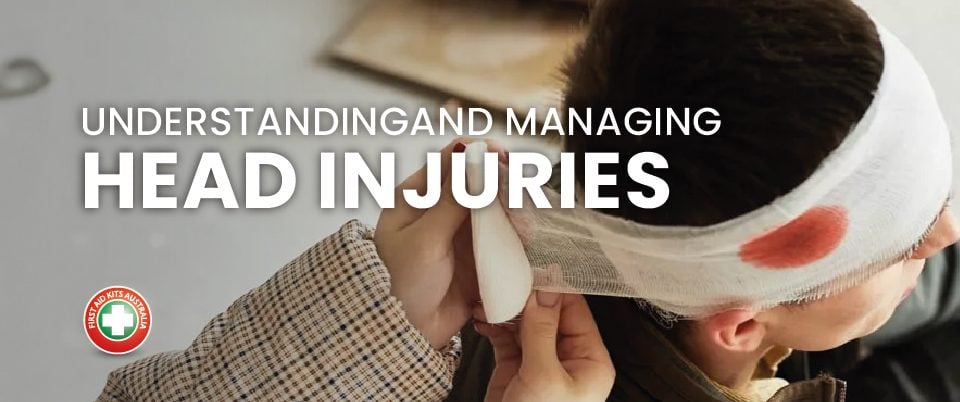
Spring Clean
30 August 2020
Our Safety Contribution to Southside Eagles Football Club (Bulimba)
30 September 2020Spring brings the return of warm days, outdoor activities, and renovation. It’s a good moment to Review, Replenish, Replace & Refresh your Safety Assets.
Among the most important things to review are your First Aid Kits. This is a priority since accessibility, cleanliness and clearness can make a difference in response time when an emergency happens.
To clean and organise First Aid Kits, start by assessing the current conditions of your existing kits following these five simple steps:
Re-assess risks and what you need your kits for. Consider changing the size or type of the first aid kit if the activities and associated risks have changed
Re-assess the number of people this kit should be serving and update if necessary
Check the expiry dates of products or every module, if you have a Modular First Aid Kit, and replace any which have expired
Check the medical instruments (scissors, tweezers, etc) making sure they function and are clean and sanitised
Re-evaluate the location of your First Aid Kits. Is it in a cool, dry place out of the reach of children but also accessible and close to running water?
Check the status of the outer container for your First Aid Kits. It is in good condition or does it need to be replaced? It is clean? Containers for First Aid Kits should be dust-proof and water-resistant to maintain in good condition their contents.
Then, proceed to the cleaning process:
Take out all the components of the kit
Check that all components match the required inventory list
Clean and disinfect the outer container of the kit
Clean ad disinfect the medical instruments
Replace opened, used, expired or damaged products. If you purchased your kit from us, you can replace items easily using the Reordering Feature on our website. Click Here to learn how to use it.
Replenish missing products
Write down the cleaning date and schedule the next cleaning
To help you with the Replenish of your First Aid Kit, here are some essential items to consider including in a basic First Aid Kit:
A notebook and pen
A pocket resuscitation mask or face shield
A minimum of 2 pairs of disposable examination gloves
Gauze pieces in seven and a half cm length, sterile (three per pack, and a minimum of five packs)
Bottles of saline solution (15 ml)
Cleaning wipes
A pack of 50 count fabric or plastic band aides (or another form of dressing strips)
Single-use Splinter probes
One pair of tweezers or forceps
Small non-adhesive injury dressing/pad (sized 5×5 cm)
Cotton bandages – 5 cm
Conforming cotton bandage – 7.5 cm
10 cm Crepe bandage (for serious bleeding and pressure application)
A pair of scissors
One roll of hypoallergenic adhesive tape
One pack of six safety pins
One medium Dressing No. 14,
One large Dressing No. 15
One Dressing Combination Pad, sized 9 x 20 cm
One Plastic bag-clip seal
Two triangular bandages (must be sized a minimum width 90 cm)
One emergency rescue blanket (for hypothermia or shock)
Some single-use eye pads
Hydrogel
And some additional items:
Instant ice pack (for the treatment of various bug bites or stings as well as soft tissue injuries)
A Spine Board (for workplaces that present medium-risk, like construction sites)
An eye washing station or eye washing module
Defibrillators should also be available.
For more information about First Aid Kits for offices and workplaces click here.
To have professional servicing of your First aid Kits and equipment be sure to go here.
Finally, it is normally recommended to have First Aid Kits ready in several places, and serving different purposes, for example in your home, car, or on travel. At work, you will want to consider them in various areas, such as the office, lunchroom, warehouse etc.
And for all your other First Aid Kits needs be sure to visit us at https://firstaidkitsaustralia.com.au
Making Australia a Safer Place to live, work, and play.





